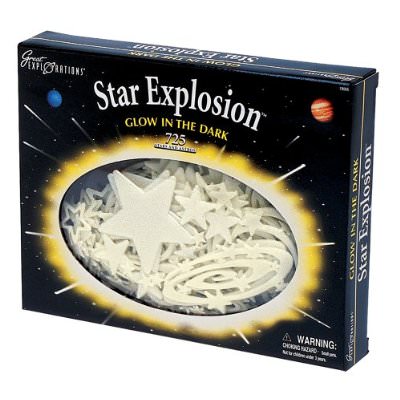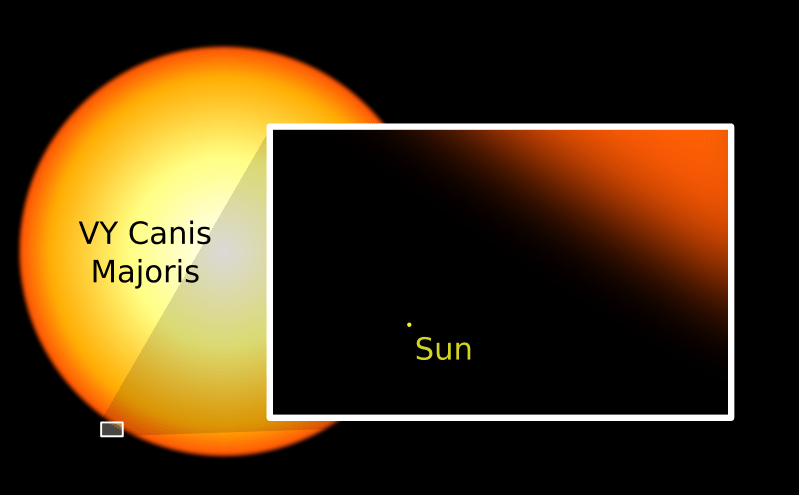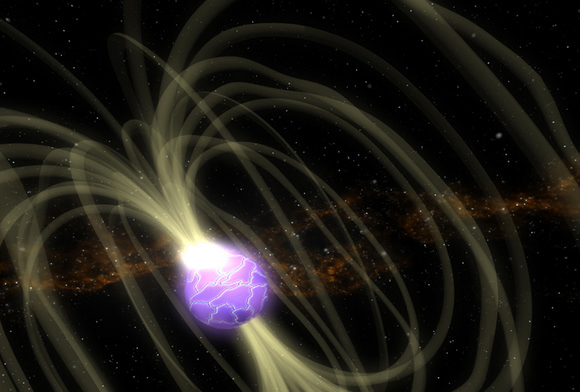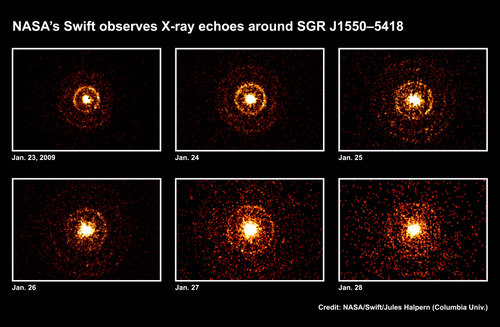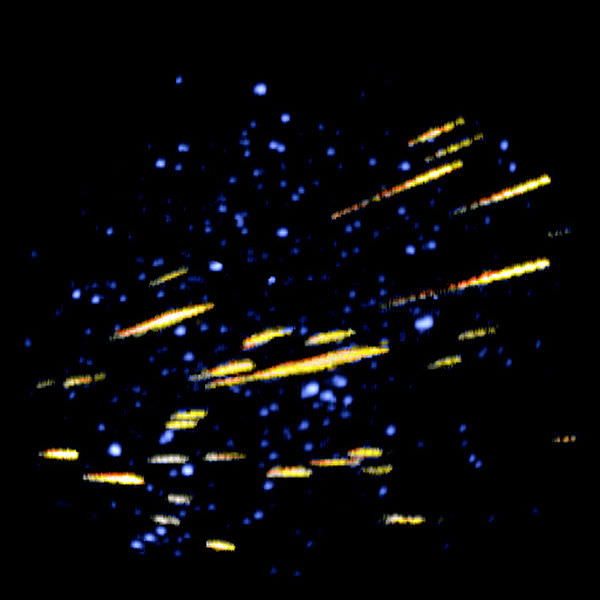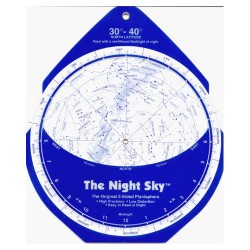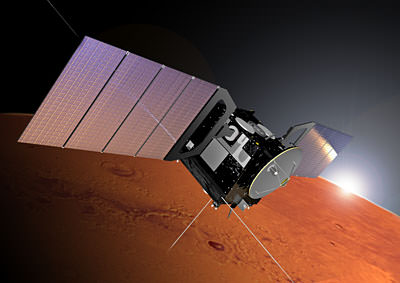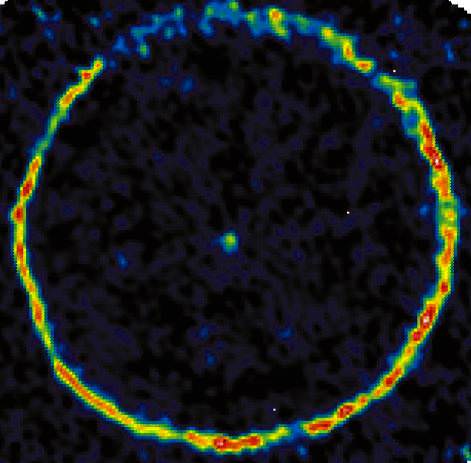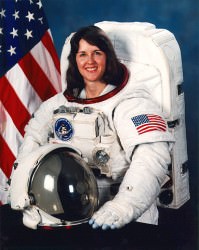Think you know everything there is to know about stars? Think again! Here’s a list of 10 interesting facts about stars; some you might already know, and few that are going to be new.
1. The Sun is the closest star
Okay, this one you should know, but it’s pretty amazing to think that our own Sun, located a mere 150 million km away is average example of all the stars in the Universe. Our own Sun is classified as a G2 yellow dwarf star in the main sequence phase of its life. The Sun has been happily converting hydrogen into helium at its core for 4.5 billion years, and will likely continue doing so for another 7+ billion years. When the Sun runs out of fuel, it will become a red giant, bloating up many times its current size. As it expands, the Sun will consume Mercury, Venus and probably even Earth. Here are 10 facts about the Sun.
2. Stars are made of the same stuff
All stars begin from clouds of cold molecular hydrogen that gravitationally collapse. As they cloud collapses, it fragments into many pieces that will go on to form individual stars. The material collects into a ball that continues to collapse under its own gravity until it can ignite nuclear fusion at its core. This initial gas was formed during the Big Bang, and is always about 74% hydrogen and 25% helium. Over time, stars convert some of their hydrogen into helium. That’s why our Sun’s ratio is more like 70% hydrogen and 29% helium. But all stars start out with 3/4 hydrogen and 1/4 helium, with other trace elements.
3. Stars are in perfect balance
You might not realize but stars are in constant conflict with themselves. The collective gravity of all the mass of a star is pulling it inward. If there was nothing to stop it, the star would just continue collapsing for millions of years until it became its smallest possible size; maybe as a neutron star. But there is a pressure pushing back against the gravitational collapse of the star: light. The nuclear fusion at the core of a star generates a tremendous amount of energy. The photons push outward as they make their journey from inside the star to reach the surface; a journey that can take 100,000 years. When stars become more luminous, they expand outward becoming red giants. And when they run out of light pressure, they collapse down into white dwarfs.
4. Most stars are red dwarfs
If you could collect all the stars together and put them in piles, the biggest pile, by far, would be the red dwarfs. These are stars with less than 50% the mass of the Sun. Red dwarfs can even be as small as 7.5% the mass of the Sun. Below that point, the star doesn’t have the gravitational pressure to raise the temperature inside its core to begin nuclear fusion. Those are called brown dwarfs, or failed stars. Red dwarfs burn with less than 1/10,000th the energy of the Sun, and can sip away at their fuel for 10 trillion years before running out of hydrogen.
5. Mass = temperature = color
The color of stars can range from red to white to blue. Red is the coolest color; that’s a star with less than 3,500 Kelvin. Stars like our Sun are yellowish white and average around 6,000 Kelvin. The hottest stars are blue, which corresponds to surface temperatures above 12,000 Kelvin. So the temperature and color of a star are connected. Mass defines the temperature of a star. The more mass you have, the larger the star’s core is going to be, and the more nuclear fusion can be done at its core. This means that more energy reaches the surface of the star and increases its temperature. There’s a tricky exception to this: red giants. A typical red giant star can have the mass of our Sun, and would have been a white star all of its life. But as it nears the end of its life it increases in luminosity by a factor of 1000, and so it seems abnormally bright. But a blue giant star is just big, massive and hot.
6. Most stars come in multiples
It might look like all the stars are out there, all by themselves, but many come in pairs. These are binary stars, where two stars orbit a common center of gravity. And there are other systems out there with 3, 4 and even more stars. Just think of the beautiful sunrises you’d experience waking up on a world with 4 stars around it.
7. The biggest stars would engulf Saturn
Speaking of red giants, or in this case, red supergiants, there are some monster stars out there that really make our Sun look small. A familiar red supergiant is the star Betelgeuse in the constellation Orion. It has about 20 times the mass of the Sun, but it’s 1,000 times larger. But that’s nothing. The largest known star is the monster VY Canis Majoris. This star is thought to be 1,800 times the size of the Sun; it would engulf the orbit of Saturn!
8. The most massive stars are the shortest lived
I mentioned above that the low mass red dwarf stars can sip away at their fuel for 10 trillion years before finally running out. Well, the opposite is true for the most massive stars that we know about. These giants can have as much as 150 times the mass of the Sun, and put out a ferocious amount of energy. For example, one of the most massive stars we know of is Eta Carinae, located about 8,000 light-years away. This star is thought to have 150 solar masses, and puts out 4 million times as much energy. While our own Sun has been quietly burning away for billions of years, and will keep going for billions more, Eta Carinae has probably only been around for a few million years. And astronomers are expecting Eta Carinae to detonate as a supernovae any time now. When it does go off, it would become the brightest object in the sky after the Sun the Moon. It would be so bright you could see it during the day, and read from it at night.
9. There are many, many stars
Quick, how many stars are there in the Milky Way. You might be surprised to know that there are 200-400 billion stars in our galaxy. Each one is a separate island in space, perhaps with planets, and some may even have life. But then, there could be as many as 500 billion galaxies in the Universe, and each of which could have as many or more stars as the Milky Way. Multiply those two numbers together and you’ll see that there could be as many as 2 x 1023 stars in the Universe. That’s 200,000,000,000,000,000,000,000.
10. And they’re very far
With so many stars out there, it’s amazing to consider the vast distances involved. The closest star to Earth is Proxima Centauri, located 4.2 light-years away. In other words, it takes light itself more than 4 years to complete the journey from Earth. If you tried to hitch a ride on the fastest spacecraft ever launched from Earth, it would still take you more than 70,000 years to get there from here. Traveling between the stars just isn’t feasible right now.
If you’d like more information on stars, check out Hubblesite’s News Releases about Stars, and here’s the stars and galaxies homepage.
We have recorded several episodes of Astronomy Cast about stars. Here are two that you might find helpful: Episode 12: Where Do Baby Stars Come From, and Episode 13: Where Do Stars Go When they Die?
References:
NASA: How Do Stars Form and Evolve?
NASA: Stars


